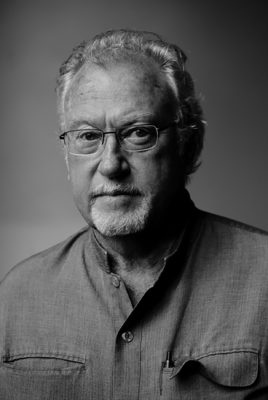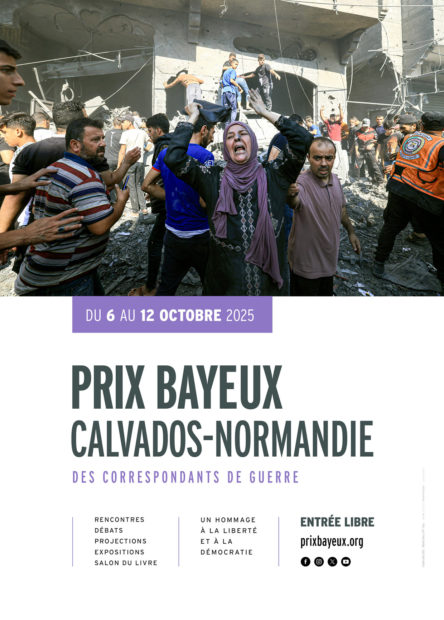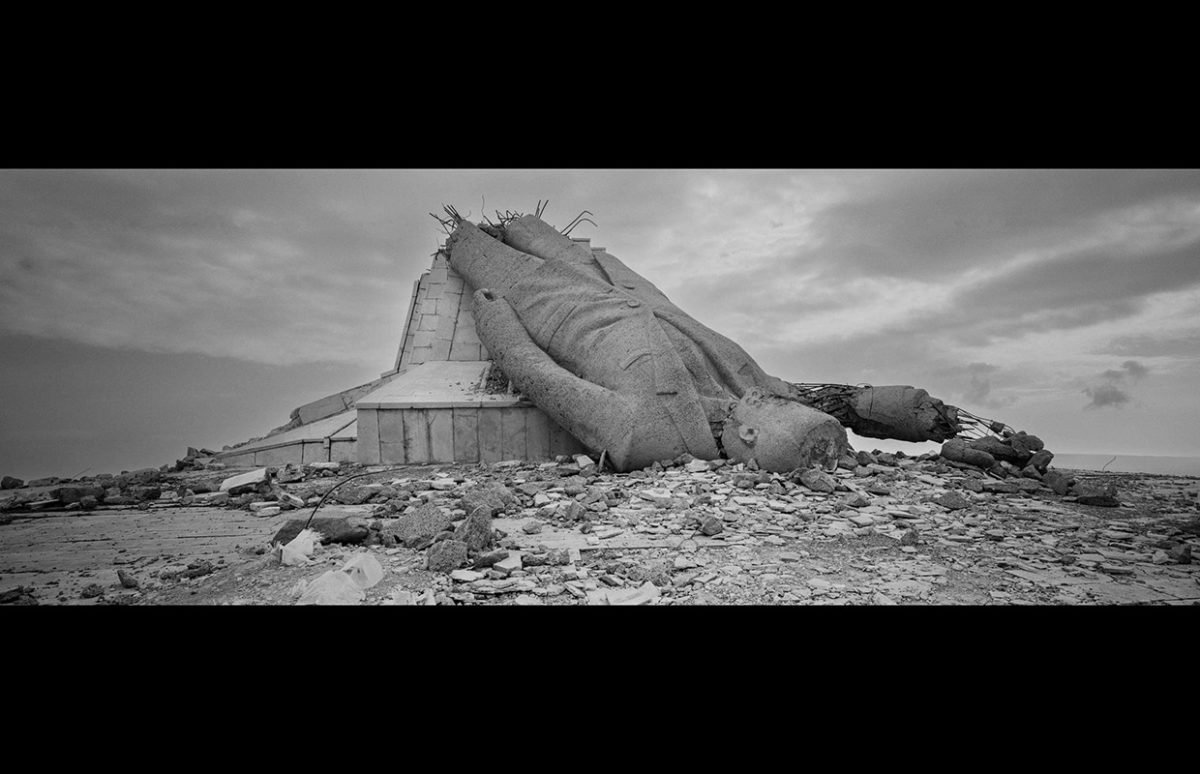Since 1994, the Prix Bayeux has been awarded annually to war correspondents. The event also organises a schools’ project: Regard des jeunes de 15 ans. 3ème classes from France or abroad can vote for one of 20 press photos they feel best symbolises the world today. Votes close on 2 October.
The Prix Bayeux was inaugurated for the 50th anniversary of D-Day, since Bayeux was the first town liberated by Allied troops. The prize is awarded in six categories: written press, radio, short and long format television, photography and a young reporter prize. The town also hosts, in association with Reporters sans frontières, a memorial to journalists killed in the line of duty since 1944.
Regard des jeunes de 15 ans (or Gaze into the Mind of 15-year-olds) proposes a selection of 20 press photos by Agence France Presse photographers from the previous year and asks classes to observe them, discuss and debate, and to vote for the one they think best symbolises the world today. Last year, 15,000 pupils from 12 different countries participated.
There’s a full teaching pack available in English, French, German and Spanish, which would facilitate working with colleagues in other languages, or partner schools you have. This year’s photos were taken in conflict zones such as Ukraine and Gaza, but also cover migration, flooding in Spain, wildfires in California and demonstrations against gender-based violence in South Africa. There is a lot of work in the teaching pack on captions, as a photo without a caption can be easily misinterpreted. Great for working on media literacy but also writing.

The Prix Bayeux des correspondents de guerre takes place from 6 to 12 October. As well as announcing all of the prizes, there are exhibitions, film showings and discussion events. The president of the jury this year is renowned American war reporter Jon Lee Anderson, journalist for The New Yorker and author of the best-selling book Che Guevara. After a peripatetic childhood because his father was in the American foreign services, Anderson has continued travelling all his life, with long periods in Central America, East Africa and the Middle East. His motivation, he says, was, “I wanted to be a witness of the history of my time.” You can read more about Jon Lee Anderson on the prize site.
You can find more information in the programme from the end of August. Three exhibitions have already been announced. The image at the top of the page is from Edouard Elias : Syria Year Zero. It depicts a toppled statue of the deposed leader Hafez el-Assad, destroyed by rebel forces during their offensive December 2024.
Alixandra Fazzina spent many months photographing different groups in Yemen for Noor: Migrations against the current. And Sudan, the war on the ashes of the revolution features photos by Arthur Larie, Duha Mohammed, Faiz Abubakr and Mosab Abu Shama.
Regard des jeunes de 15 ans
Voting is open online till 2 October 2025. You don't have to sign up your classes in advance ot participate.
Prix Bayeux des correspondants de guerre
6-12 October 2025 (many of the exhibitions will stay open for the whole month.)

Copyright(s) :
In Syria, on the road from Homs to Hama, a monumental statue of © Edouard Elias
Tag(s) : "Bayeux" "conflict" "d-day" "education aux medias" "journalism" "media literacy" "photojournalism" "war" "war correspondent"





